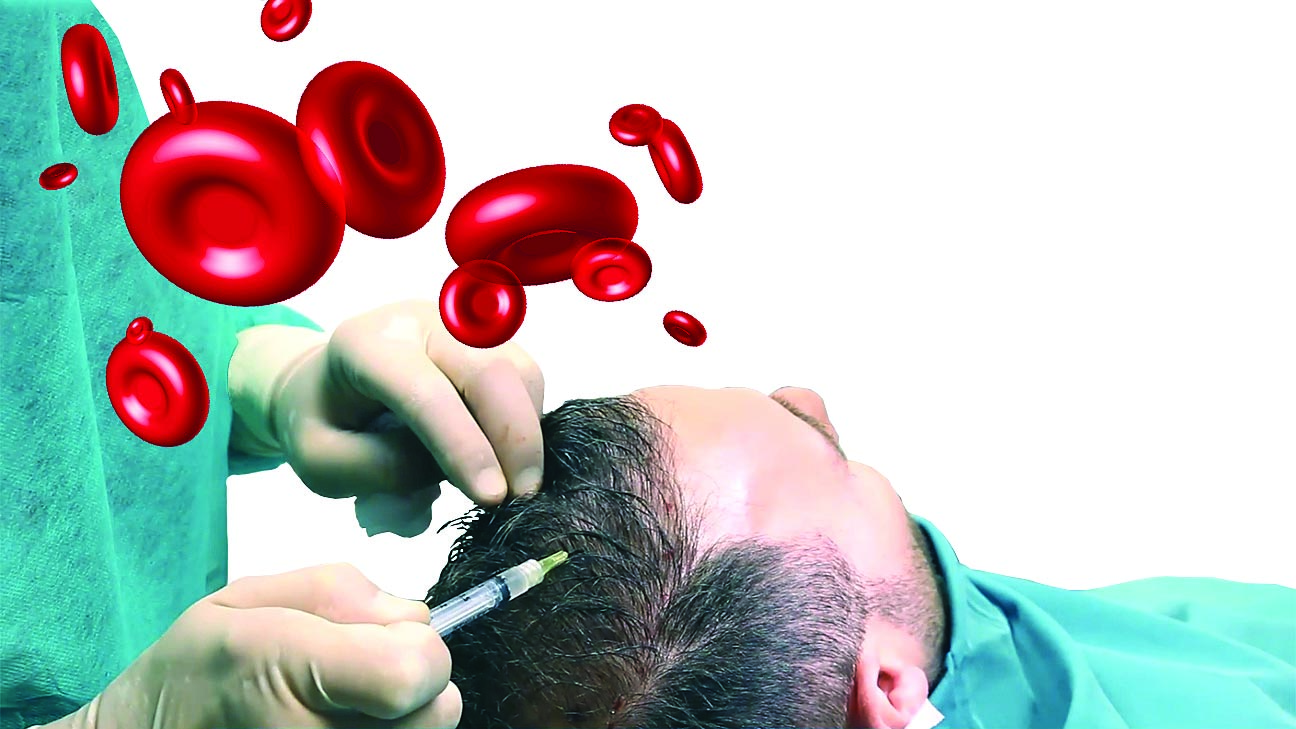
Hair loss is a pervasive concern affecting millions worldwide, with profound impacts on self-esteem and quality of life. Ministry spray, Propecia and hair transplantation somehow have prospects but scientific development is bringing new horizons. Among these, stem cell therapy can be listed as one of the most promising trends. Being a dermatologist, stem cell therapy for hair loss is quite disheartening but as with any advancement in medicine, it is important to look at the innovation in a middle of the road way.
Understanding Stem Cell Therapy
There is nothing like stem cells as they can differentiate into different types of cells, and they replicate themselves. In the context of hair loss, two main types of stem cells are of interest: There are two broad categories of stem cells namely; embryonic stem cells and adult stem cells. Nonetheless, ethical issues and legal restrictions of embryonic stem cell considerably complicate their application and thus, the major subject remain the adult stem cells.
Autologous stem cells, especially recently known as the mesenchymal stem cells originating from bone marrow, adipose tissue or even the Scalp-derived stem cells have displayed promising results. They can turn into cells of almost any tissue e.g. hair follicle cells. Also, MSCs can release growth factors that help proliferate the hair follicles and support their differentiation.
The Mechanism of Action
The underlying principle of stem cell therapy for hair loss involves injecting these cells into the scalp where they can promote hair growth through several mechanisms:
The underlying principle of stem cell therapy for hair loss involves injecting these cells into the scalp where they can promote hair growth through several mechanisms:
=Regeneration of Hair Follicles: Stem cells are also capable of differentiating into the type of cell that is likely to help grow and replace faulty hair follicles.
=Secretion of Growth Factors: MSCs secrete cytokines and growth factors that promote the proliferation of hair follicle cells and promote the increase in the anagen phase of hair growth cycle.
=Reduction of Inflammation: Currently, stem cells have been known to have characteristics of they act as antibodies by reducing inflammation for inflammatory hair loss conditions such as alpecia areata.
Clinical Evidence and Efficacy
While the theoretical underpinnings of stem cell therapy are robust, clinical evidence is still emerging. Initial studies have shown encouraging results. For example, a study published in the “Journal of Dermatological Science” demonstrated significant hair regrowth in patients treated with autologous adipose-derived stem cells. Similarly, research in “Stem Cells Translational Medicine” reported that patients receiving MSC injections showed notable improvements in hair density and thickness.
The drawbacks of many of these studies include small subject numbers, short duration of follow-up and varying methods. A smaller scale clinical controlled trial is necessary to confirm the effectiveness and side effects of the same.
Practical Considerations and
Challenges
From a practical standpoint, several challenges need to be addressed before stem cell therapy can become a mainstream treatment for hair loss:
=Standardisation: It is clear that there is a lack of well-defined guidelines on how the cells should be extracted, processed and injected to get the best outcomes.
=Cost: There is still a steep cost in stem cell treatment at the present time; making it not very affordable. Technology always pushes the costs up but what might happen in future competition might push the costs down as experienced in the USA.
=Regulation: Because this technique is still in their infancy, mechanisms to protect the public from inferior or even dangerous treatments need to be established.
Future Directions
From the research that has been conducted above, the future of stem cell therapy for hair loss still seems to be bright. Genetic engineering and tissue engineering have been called into getting a handle on the invention of hair follicles so hair loss could be addressed at their root as opposed to merely masking the problem. Furthermore, future studies focusing on the stem cell source improvement and delivery system would likely improve the therapy outcomes and reduce the risks involved.
In conclusion, stem cell therapy represents a cutting-edge development in the treatment of hair loss, offering hope where traditional treatments may fall short. As dermatologists, it is crucial to stay informed about these advancements while maintaining a cautious optimism. Ensuring that patients receive safe, effective, and evidence-based treatments remains our top priority. As research progresses, stem cell therapy may well become a cornerstone in the management of hair loss, heralding a new era of regenerative dermatology.
The author is an internationally renowned Dermatologist, Surgeon & Aesthetic Physician (www.drajayrana.in). Also, the Founder and Director of ILAMED & Dermalyn Aesthetics. He can be reached at drajayrana@ilamed.org















